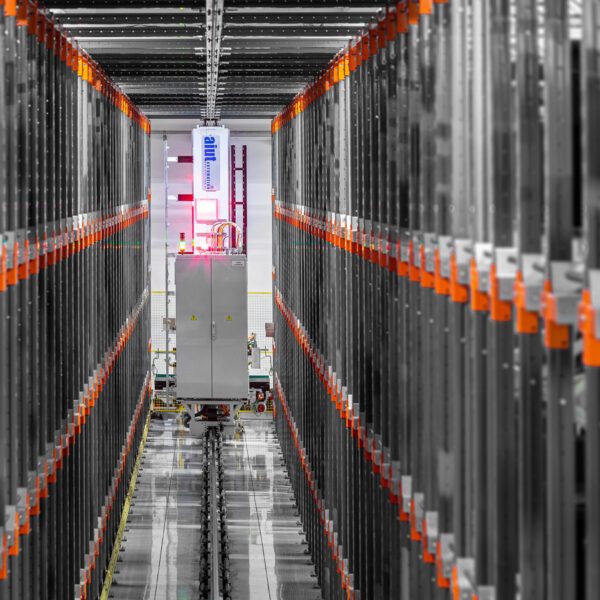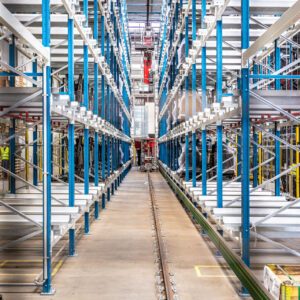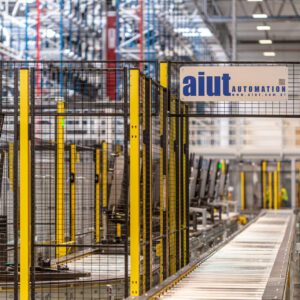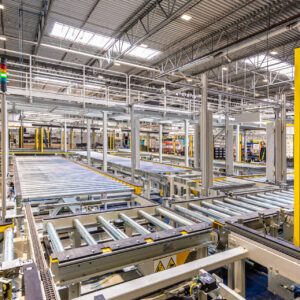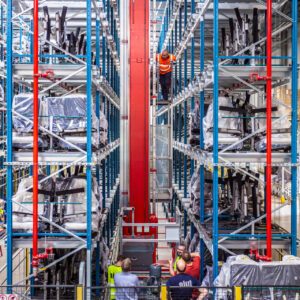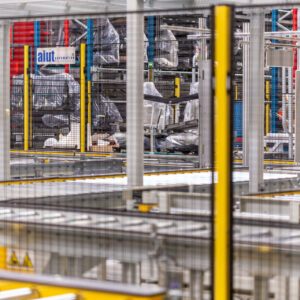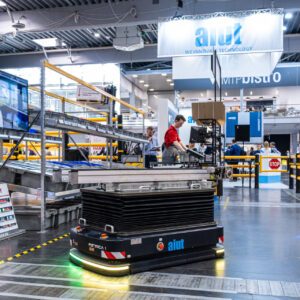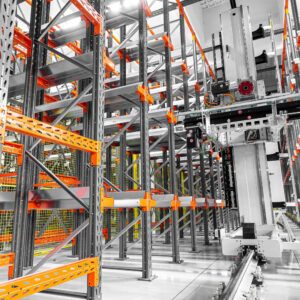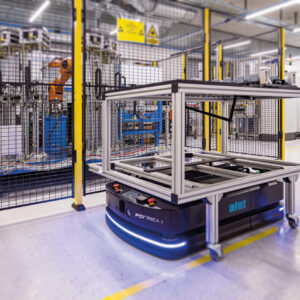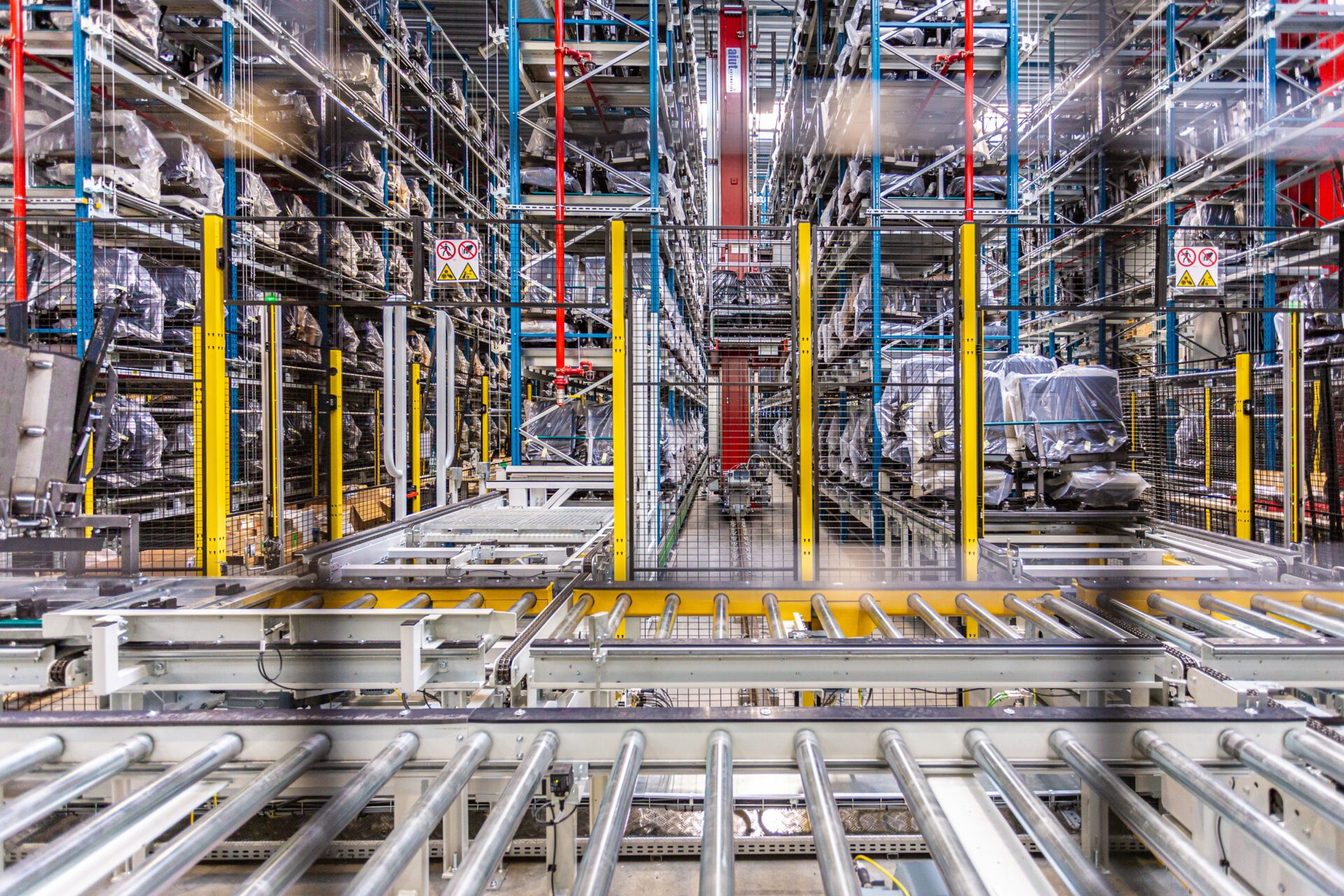
Buffer warehouse — a breakthrough in process optimization!
Buffer warehouse definition
A buffer warehouse is a logistics facility that serves as an intermediary between production processes and distribution. Its primary function is to provide space for temporary storage of goods before their further movement within production and logistical processes.
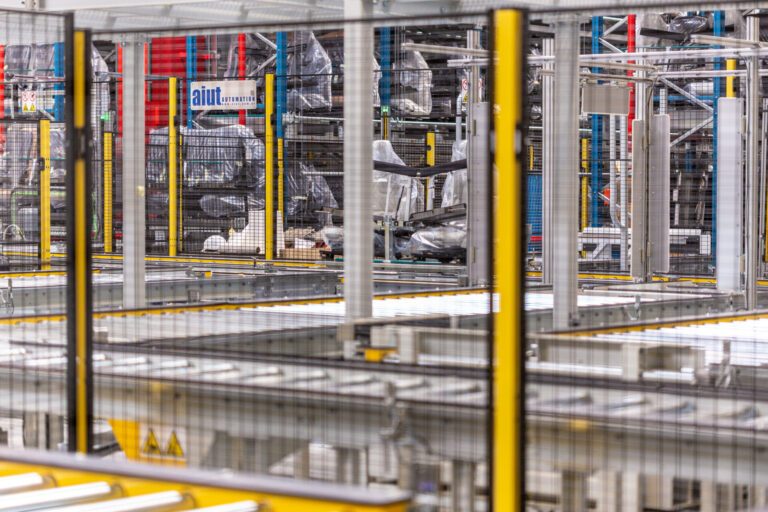
Why do we need temporary storage?
Buffer warehouse proves particularly useful in the case of short-run production, significant product variability, and short time to market. Additionally, it serves as a safeguard that companies require in response to dynamic changes in geopolitical and economic situations (such as pandemics, armed conflicts, etc.). It also constitutes an important element of a stable logistics chain, relieving the factory from traditional logistics management through temporary product storage. This approach enables the optimization of the production plan, focusing solely on manufacturing processes.
Introducing a buffer facility reduces the dependency between separated parts of the production and logistics chain. This allows dividing the production process into stages that can be independently executed and optimized to achieve the highest factory efficiency. An example could be the implementation of automated buffer storage between painting and general assembly, which was introduced by one of our clients from the automotive industry.
Another way to utilize buffer warehousing is to use this zone between production and distribution for gathering finished products, which will be distributed to the appropriate locations of shipping warehouses during periods of increased demand. Hence, buffer warehousing is suitable for companies facing demand seasonality, ensuring the continuity of component deliveries to other facilities by storing products for further distribution.
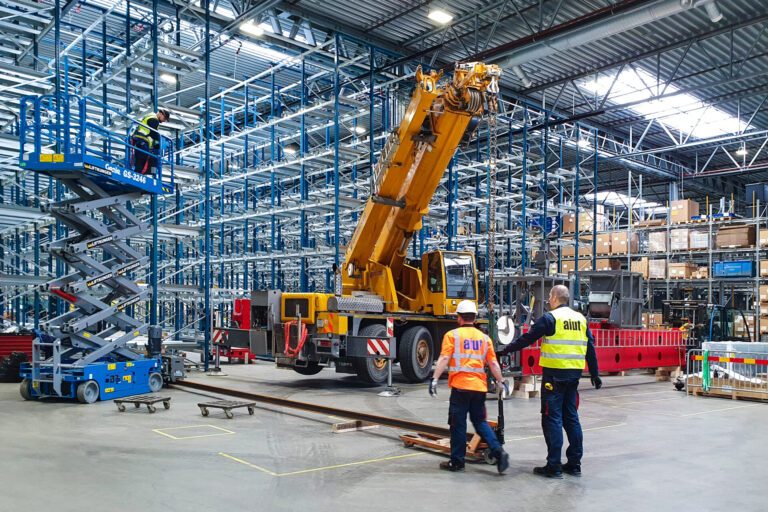
Functions and role of buffer inventory storage
The main function of buffer inventory storage is to ensure smoothness, flexibility, and stability in the supply process by storing goods inventories in strategic locations. It acts as a “cushion” between disparities in production times and product demand. Buffer warehouses enable a rapid response to changing market conditions and allow for optimization of production plans and the creation of expected operational efficiency that was previously unattainable.
Benefits of buffer storage warehouse
- Efficient inventory management process
- Safety stock for manufacturing companies and distribution center
- Ensuring continuity of component deliveries to other facilities
- Buffer stock during demand seasonality
- Timely fulfillment of customer orders
- Prevents supply chain disruptions
- Process optimization and reduction of production costs
- Centralization of inventories
- Flexible logistics

How to automate buffer warehouse?
As mentioned, temporary storage of inventories takes place in buffer warehouses to avoid later delivery shortages. However, too few inventories may not provide the desired flexibility, while too many can result in excessive storage costs. To optimize inventory management costs and simultaneously be adequately prepared for fluctuations in demand, solutions that increase storage density per unit of warehouse space are used, such as automated high-bay storage warehouses.
Additionally, regardless of the type of warehouse, inventory control is essential, e.g., to avoid storing obsolete products. Here, warehouse management systems (WMS), or methods for demand forecasting using artificial intelligence algorithms, come to our aid.
The fast turnover in buffer warehouses necessitates very efficient transport of goods within our facility. The solution to this problem lies in automated storage and retrieval systems such as stacker cranes, rack storage, pallet shuttles, conveyor systems, sorters, or autonomous mobile robots (AMRs). You can learn more about them from the blog article “Automation of Intralogistics Processes in Manufacturing Companies”.
Whether manufacturing companies decide to use buffer storage services from intralogistics providers or prefer to invest in building their own, the above-mentioned issues must be taken into account to efficiently carry out logistics services and optimize inventory storage.
Summary
A buffer warehouse is a key element in supply chain management that allows companies to respond flexibly to market changes, minimize the risk of product shortages, meet customer demand in any situation, and optimize processes. Through proper management and the use of modern automation technologies, buffer facilities contribute to increasing the efficiency of warehouse logistics and the company's competitiveness in the market.
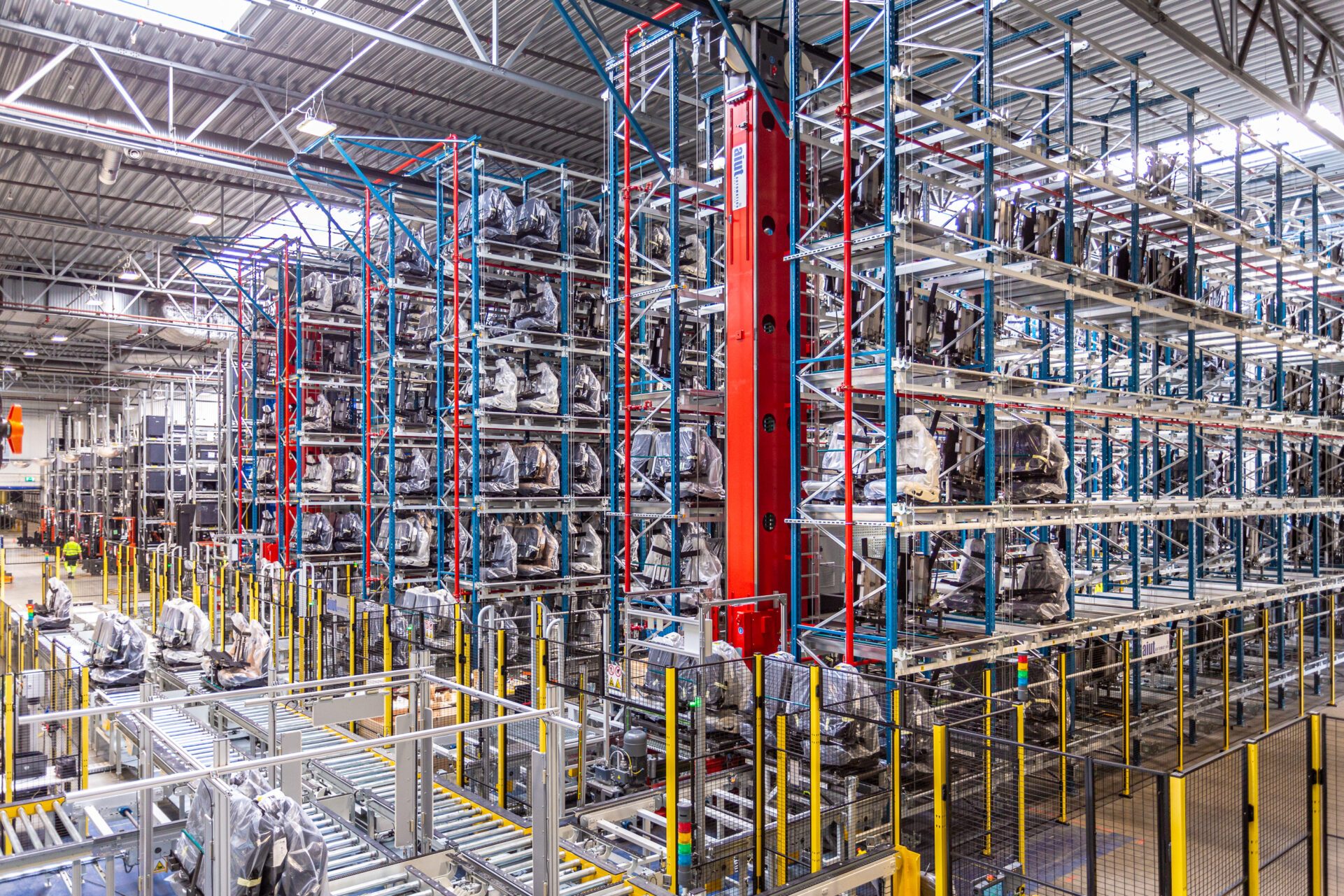
Are you considering implementing an efficient buffer warehouse? Let us know!
As integrators of automation and robotics solutions, we can assist you in selecting warehouse storage solutions tailored to your needs. We specialize in designing and constructing comprehensive, integrated, and automated warehouses for the temporary storage of goods within your operational environment.
